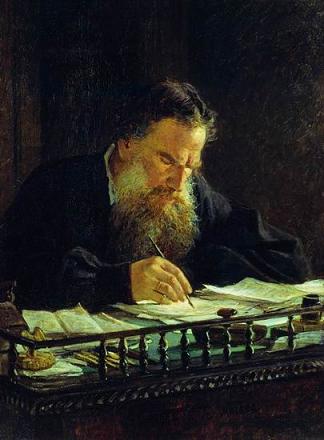Leo Tolstoy Archive
Written: 1904
Source: "Fables for Children," by Leo Tolstoy, translated from the original Russian and edited by leo Wiener, assistant Professor of Slavic Languages at Harvard University, published by Dana Estese Company, Boston, Edition De Luxe, limited to one thousand copies of which this is no. 411, copyright 1904, electrotyped and printed by C. H. Simonds and Co., Boston, Massachusetts, USA.
Transcription/Markup: Andy Carloff
Online Source: RevoltLib.com; 2021

Why are cart bolsters cut and wheel naves turned not from oak, but from birch? Bolsters and naves have to be strong, and oak is not more expensive than birch.
Because oak splits lengthwise, and birch does not split, but ravels out.
Because, though oak is more firmly connected than birch, it is connected in such a way that it splits lengthwise, while birch does not.
Why are wheels and runners bent from oak and elm, and not from birch and linden?
Because, when oak and elm are steamed in a bath, they bend and do not break, while birch and linden ravel in every direction.
This is again for the same reason, that is, that the particles of the wood in the oak and in the birch are differently connected.